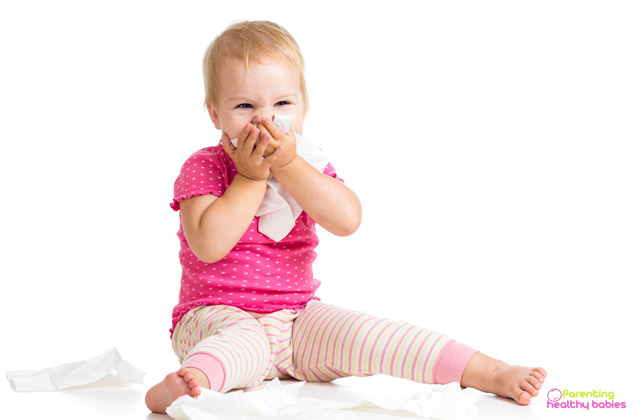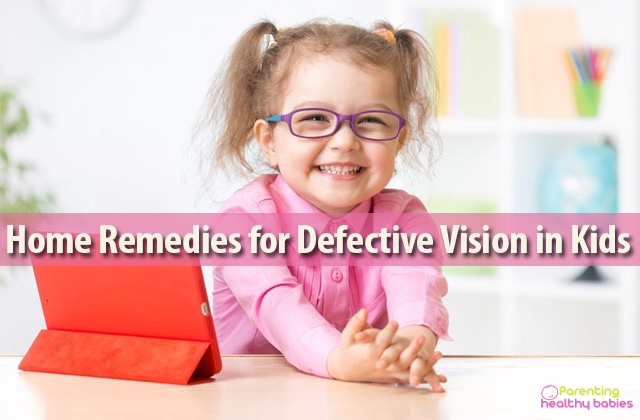In the first few months and years of their lives, babies and toddlers are prone to a variety of mild illnesses. Among these, the most common are skin conditions such as cradle cap, insect bites, and diaper rash, allergic reactions, baby acne, and baby eczema and so on. Out of all the treatments available, one effective treatment available for these problems is an over-the-counter medication known as hydrocortisone. It is a corticosteroid compound and has been used to control the symptoms of dermatological ailments for several decades. In this article, we will figure out whether hydrocortisone cream is good for your baby or not. We will discuss the benefits, side effects and other important things related to this cream, so that you can decide whether this cream is good for your baby or not.
A Guide for Using Hydrocortisone Cream for Baby
Is the cream safe for babies?
The use of hydrocortisone cream for skin has been up for speculation for a while. While it is often recommended for older kids and adults, it requires some amount of precautionary measures before being used on your baby’s delicate skin. This is because the chemical can get concentrated in the baby’s bloodstream after getting absorbed through the skin, making it dangerous with prolonged usage. Also, use of this cream in the baby’s diaper area is not advised.
Read More: Contact Dermatitis in Babies: Symptoms, Causes and Treatment
Benefits of Hydrocortisone Cream
Some of the hydrocortisone cream uses for babies are:
- Hydrocortisone is easily available over-the-counter. The 1% cream is meant for children who are older than two, but it is safe even for babies if used sparingly and for very short periods. In severe cases, your doctor might recommend you apply a higher concentration hydrocortisone cream, but ensure that you never use it without consulting with a health professional.
- It takes care of various skill ailments by calming the external symptoms such as inflammations, heat rash, redness, itchiness and so on.
In what forms is hydrocortisone cream available?
There are two versions of hydrocortisone cream available. One of them is an ointment, which is available in three concentrations, 0.5%, 1%, and 2.5%. The other is in cream form and is available in the same concentrations.
How to use hydrocortisone cream?
Please follow the procedure below before applying hydrocortisone cream on your baby’s skin:
- Make sure your hands are completely clean before you put the cream on your baby.
- Take out as much cream as required on your index finger, and then spread it as thinly as possible on the affected part of the skin.
- Gently rub it in until it feels like the skin has absorbed the medication. It is important to be gentle as rough or hard rubbing can cause irritation.
- Avoid using hydrocortisone on skin areas that are not affected. This reduces the risk of it getting absorbed into your child’s bloodstream and having a negative impact on their growth and development.
- Avoid applying the cream anywhere near your baby’s eyes.
- If you find that your baby’s skin turns redder and is splattered with whitish patches or has a transparent yellow liquid oozing out, it might mean the skin is infected. In this case, consult your doctor immediately.
Side-effects of hydrocortisone cream
As hydrocortisone can produce serious complications, it requires great care while using. Side-effects of hydrocortisone cream for babies include:
- Infections of the skin
Hydrocortisone works by regulating the immune response in your body, which further controls inflammatory symptoms. However, this downtick in the immune system can leave your baby vulnerable to skin infections. Infections are also possible if excess hydrocortisone has entered the body.
- Skin thinning
A common side-effect of hydrocortisone cream is skin thinning. This only occurs at high strengths of hydrocortisone, leaving the skin fragile and susceptible to injuries. It can also happen if you use a low concentration cream too frequently or for long periods of time. In fact, it is possible to identify this by the appearance of stretch marks on your baby’s skin.
- Adrenal gland suppression
One of the most dangerous complications that can arise from the long-term use of steroidal medication is the suppression of adrenal gland activity. This is because the adrenal glands produce steroid hormones such as epinephrine and cortisol. Excess hydrocortisone in the body can trick these glands into thinking that enough steroids are present, leading to drop in production of the hormones.
As you can see, hydrocortisone cream is very effective for treating skin conditions like eczema in both babies and adults. However, please note that there are several natural remedies that you can opt for which have few or no side-effects. These include sunshine, using cool, moist clothing, oatmeal and baking soda baths, calendula cream, and so on. However, if your baby still does not get better, then you can always consult a doctor
References
https://www.ncbi.nlm.nih.gov/pmc/articles/PMC3401837/
https://www.ncbi.nlm.nih.gov/pmc/articles/PMC4318661/
https://www.pharmaceutical-journal.com/news-and-analysis/features/hydrocortisone-the-revolutionary-topical-treatment-for-atopic-eczema/11103129.article













